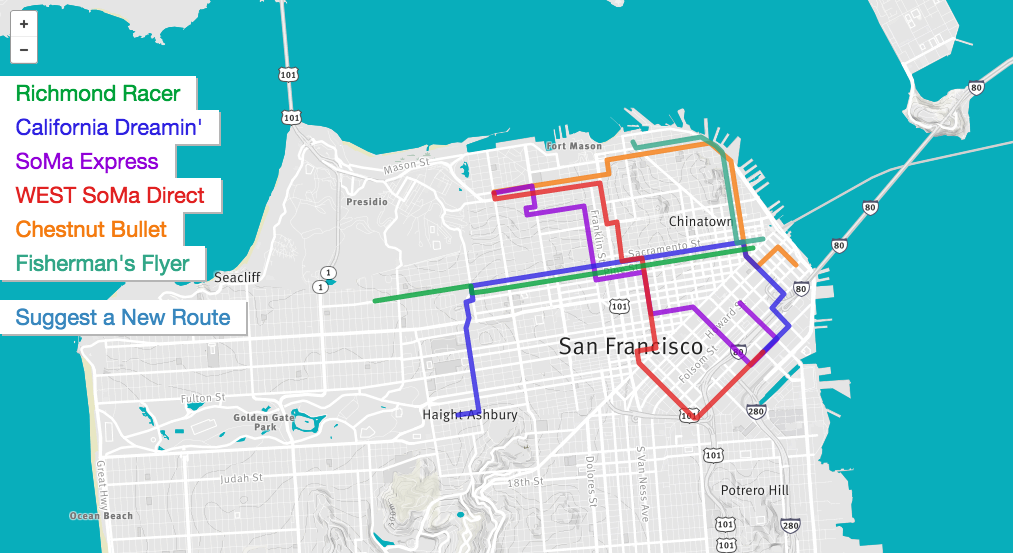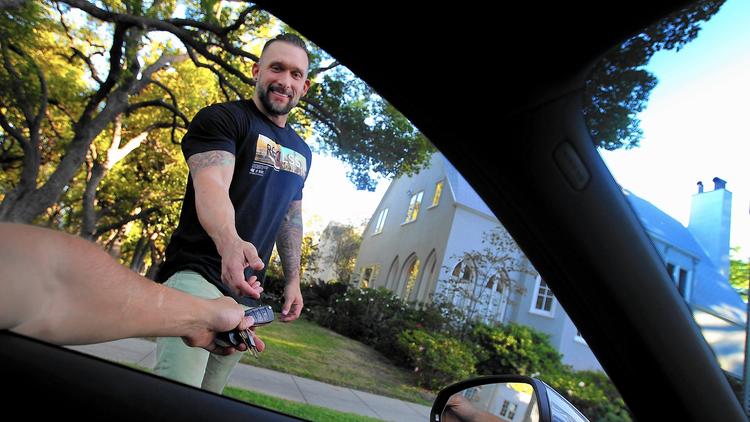
by Innovative Mobility Research | Jul 20, 2015 |
Now, however, the carsharing industry is at a turning point where evolving business models — round trip or one way? free-floating vehicles or cars docked at specific stations? — are poised to collide with parallel breakthroughs in ridesharing, electric vehicles and self-driving cars. Though big questions remain about demand patterns, who will drive these futuristic cars and what happens to the data collected by service providers, the opening to increase efficiency and ease congestion in a cost-effective way is increasingly compelling for a range of providers. “This allows flexibility for the operator to serve more people with a single car,” Susan Shaheen, director of Innovative Mobility Research at the University of California, Berkeley’s Transportation Sustainability Research Center, told GreenBiz. “When you look at bikesharing, the majority of systems are point-to-point, or one way,” Shaheen said. “About 80 percent of those trips are one way. It provides people with a higher degree of flexibility.” She pegs automakers — more specifically, higher end European automakers — as the leaders to date in one-way carsharing. Several providers favor “floating” models where cars can be parked anywhere, as opposed to more infrastructure-intensive station models like Zipcar’s. “I think that public transportation is a core service and that it needs to exist,” she said. “You’re not going to redistribute rail, but you could redistribute a bus line. You could change the size of a bus. You could make it on-demand.” To read more, click...

by Innovative Mobility Research | Jul 10, 2015 |
Last Wednesday, I had my first experience with microtransit, when I hopped into a black Jeep Patriot that pulled up to a specified spot outside my Washington, DC, office after work. On the way home, I chatted with the driver — a friendly, bearded guy named Dean — until, a few minutes later, he got a notification on a small tablet mounted next to the dashboard. The screen instructed Dean to alter his route by a few blocks to pick up another passenger, who got in the back seat. Then we continued onward. After I got out at my house, Dean drove the other guy home on a predetermined route, perhaps picking up more passengers along the way. Through my smartphone, I was charged $4.23 for the 2.5-mile, 12-minute trip — about half as much as an Uber would have cost. My ride was provided by the new startup Split — and some people think this sort of service could be the future of urban transportation. Split is just one of a number of companies springing up to offer transportation options that occupy a middle groundbetween the pricey convenience of taxis and the slow, cheap service of public transit. Although there isn’t a widely accepted name for these services, some people are calling them “microtransit.” Even if they are deemed legal, there’s also the broader question of whether these sorts of startups are good for cities in the first place. CityLab’s Eric Jaffe has written an excellent analysis of the pros and cons here. On the one hand, microtransit companies have the potential to reduce car use by allowing people...

by Innovative Mobility Research | Jul 10, 2015 |
New research into how people’s habits change shows that everyone benefits from car-sharing schemes − apart from car manufacturers who suffer a loss of sales. Car sharing is a growing social trend across Europe and North America and is expected to increase by 36% annually to 2020, especially in compact cities where people do not need a car every day but want to use one for family trips and holidays. Even in North America, where cities are more sprawling, research shows there were 23 car-share operators in the US in 2014. They had 1.3 million members, sharing 19,115 cars. In a survey conducted for the Transportation Sustainability Research Centre at the University of California Berkeley, investigations into the habits of 9,500 car-sharers showed that a quarter of the participants had sold their cars, and another quarter had postponed purchase of a new one. The researchers concluded that one shared car replaced between nine and 13 privately-owned cars. For each family, this meant a 34%-41% reduction in greenhouse gas emissions. To read more, click...

by mattchristensen00 | Jun 29, 2015 |
By Jerry Hirsch For at least 22 hours a day most cars sit parked, sucking up their owners’ money while waiting to be driven. For most people, it’s one of their most underutilized — but most expensive — assets. Now, some companies are devising ways to help people profit from their vehicles. Start-ups like RelayRides and Getaround help people rent out their cars during down time. Uber, Lyft and Sidecar connect car owners with people willing to pay for a ride. The rapid growth of these start-ups is transforming transportation — making it easier than ever before to get around without owning a car — and forcing automakers to devise new strategies to lure prospective buyers. Last week, Ford launched a car-sharing program that offers buyers a new way to offset the pains of ownership by tapping into what is essentially an Airbnb on wheels. And in Germany, General Motors launched a CarUnity app that lets owners of any brand rent their vehicles to Facebook friends or people in the app’s network. To read the full article, click...
by Innovative Mobility Research | Jun 18, 2015 |
By Michelle Quinn If the future of work is more about getting gigs and less about holding traditional jobs, what sort of protections will workers have? That’s what I’m wondering after news that the California Labor Commission ruled that a former Uber driver in California was technically an employee, and that the company owes her more than $4,000 to cover some of her costs. The decision is nonbinding and applies to just this one former driver, as the company points out. But we are only getting started talking how new companies in the so-called “sharing economy” are reshaping work and whether this new model — some have called these workers the “uncollared” — is something that benefits both workers and customers. “Innovation often gets out in front of public policy,” Susan Shaheen, an adjunct professor of civil and environmental engineering at UC Berkeley. It’s time for the companies, regulators, policymakers and the public to really look at whether this model — less “sharing” but more of a new tech middleman connecting service providers with users via an app — is a win-win for everyone, and if not, come up with new solutions. But workers, too, should have a say. Uber and other firms have given their drivers many opportunities they may not have previously had to earn money in a new way. If these services have to change to comply with state and federal labor laws, that could fundamentally change the relationship they have with their drivers. If Uber has to set schedules, pay benefits and send their drivers through an HR office just like a regular employer, will...





